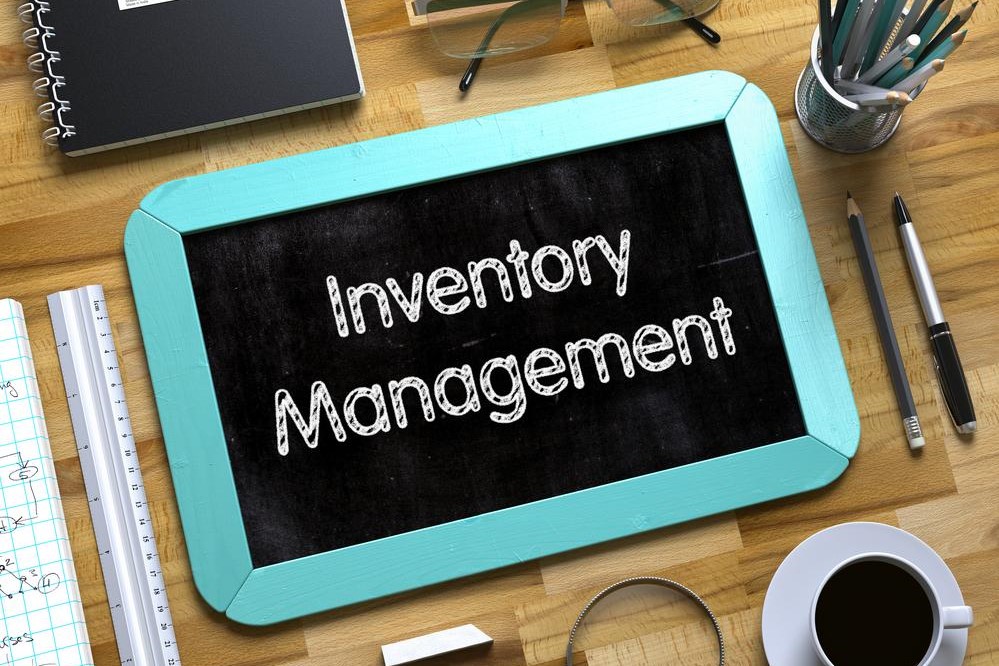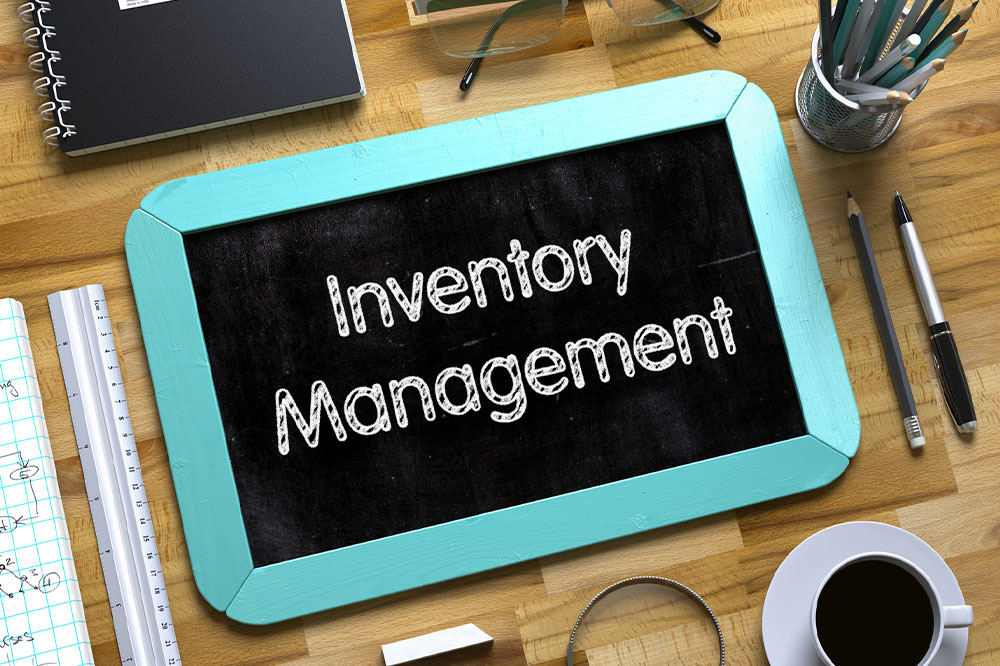Comprehensive Guide to Inventory Management Software: Boost Your Business Efficiency
Explore essential insights into inventory management software, including key features, challenges, and strategies to enhance efficiency. This comprehensive guide helps businesses choose the right system to optimize their supply chain, reduce costs, and improve customer satisfaction by maintaining accurate stock levels and streamlining operations.

Comprehensive Guide to Inventory Management Software: Boost Your Business Efficiency
Managing inventory effectively is a cornerstone of business success, whether you operate in retail, manufacturing, wholesale, or e-commerce. Proper inventory control helps prevent overstocking and stockouts, reduces costs, and improves customer satisfaction by ensuring products are available when needed. To achieve this, implementing a robust inventory management system tailored to your company’s specific needs is essential. This comprehensive guide delves into the fundamentals of inventory management, the advantages of using specialized software, and how to select the most suitable solution for your business.
A well-designed inventory management system integrates hardware, software, and procedural workflows to oversee all aspects of stock—raw materials, components, supplies, and finished goods—whether they are stored in warehouses, retail outlets, or distribution centers.
It covers the entire supply chain process, from manufacturing and storage to retail and delivery, ensuring that every inventory move is monitored and optimized.
This transparency provides businesses with the insights needed to streamline operations, make data-driven decisions, and plan investments strategically.
Specialized inventory managers or software modules often focus on discrete areas of the supply chain, such as procurement, warehousing, or sales management.
Given the broad scope of inventory control, costs associated with these systems can vary widely depending on features and complexity.
Core Features of Inventory Management Software
Depending on your business size and needs, inventory software ranges from simple tracking tools to sophisticated enterprise systems offering a broad array of features.
Every organization requires different functionalities, but most standard inventory management solutions include:
Barcode scanning capabilities
Real-time analytical reporting tools
Demand forecasting modules
Automated alerts for low stock levels
Integrated accounting and financial management
Common Challenges in Inventory Management
Although implementing an inventory management system can significantly enhance operational efficiency, there are common hurdles that businesses face during deployment. Recognizing these challenges can help smooth the transition and ensure lasting success. Typical issues include:
Relying on outdated manual record-keeping methods, which are prone to errors and inefficiencies
Inconsistent or poor storage practices that complicate stock tracking
Resistance to change from staff accustomed to traditional methods
Difficulty in integrating new software with existing systems
Selecting the right modules and features to fit specific business needs
Strategies to Improve Inventory Management Efficiency
Implementing a robust inventory management system reduces human error and enhances overall supply chain visibility. By automating data entry and leveraging tools like barcode scanners, RFID, and integrated software platforms, companies can achieve higher accuracy and faster response times. Benefits include:
Minimizing overstocking of slow-moving items that clutter storage areas
Averting unexpected stock shortages that could halt production or sales
Removing inaccuracies associated with manual data entry and record-keeping
Reducing the time spent searching for misplaced items
Optimizing warehouse layout for quicker item retrieval, thus lowering labor costs
Important Factors When Choosing Inventory Management Software
Identify your business's specific needs based on size, industry, and operational complexity
Ensure the software supports various product types and inventory categories
Assess your daily order volume and processing speed requirements
Consider your sales channels—whether online, offline, or multichannel
Decide if a straightforward solution or an advanced, customizable platform is appropriate
Anticipate future growth to select scalable systems
Establish a clear budget aligned with your strategic goals
Determine if categorizing orders by status or payment method enhances workflow
Prioritize reporting features that assist in strategic decision-making and forecasting





